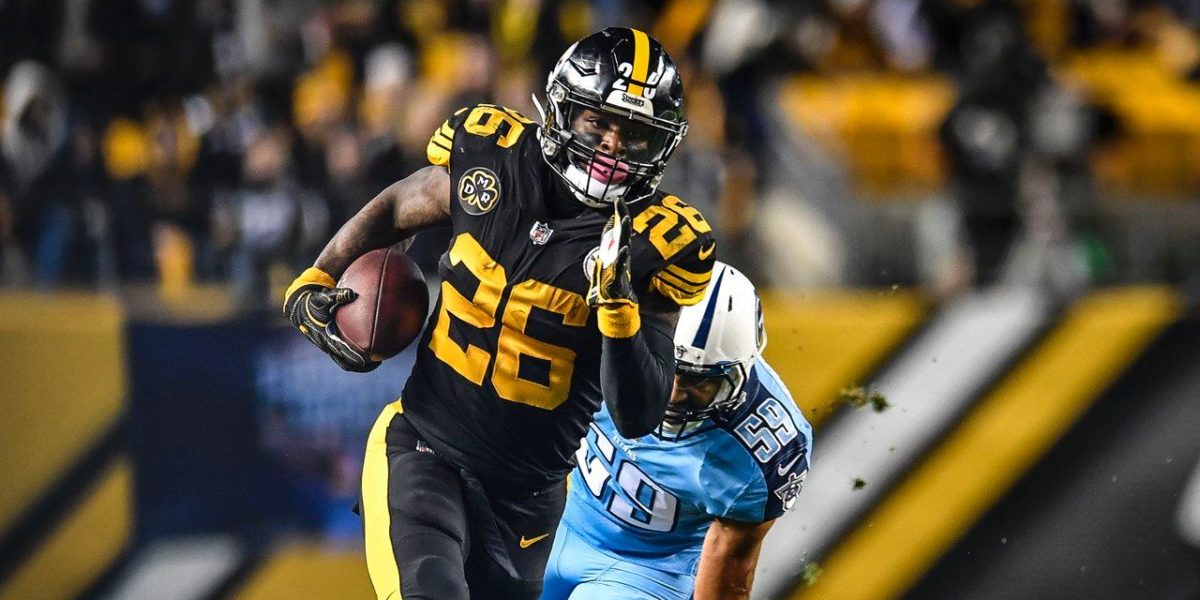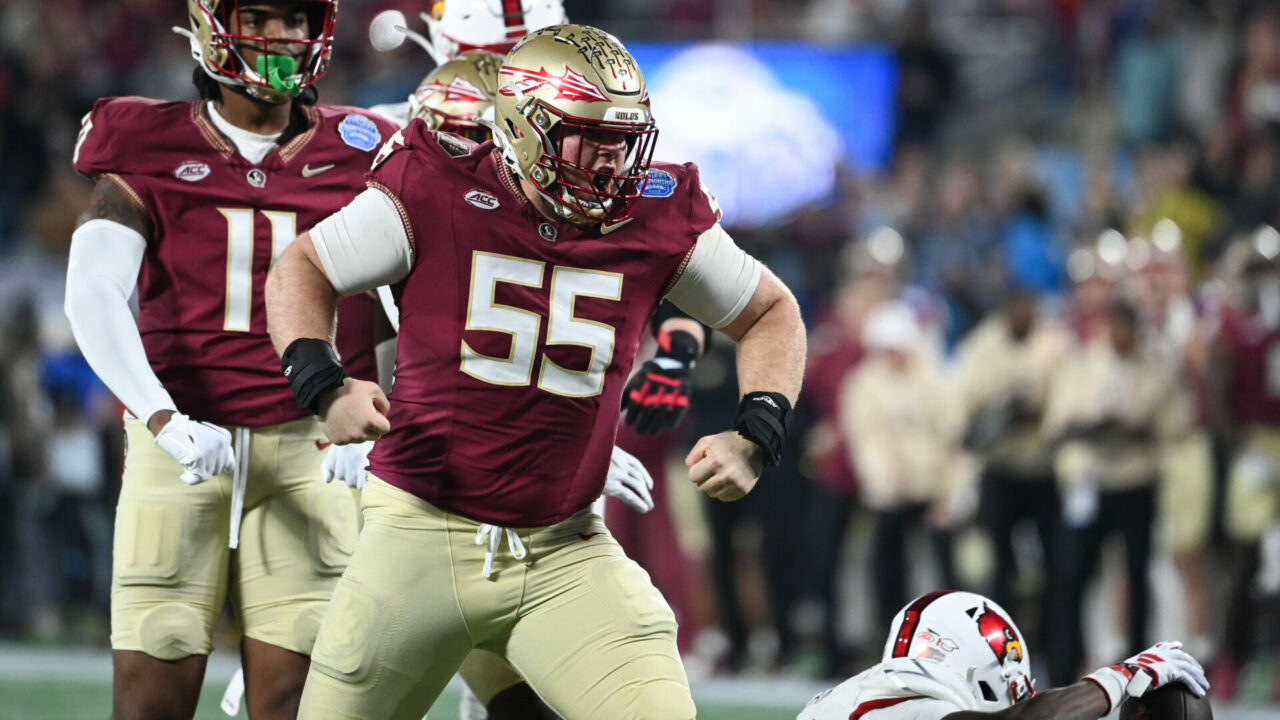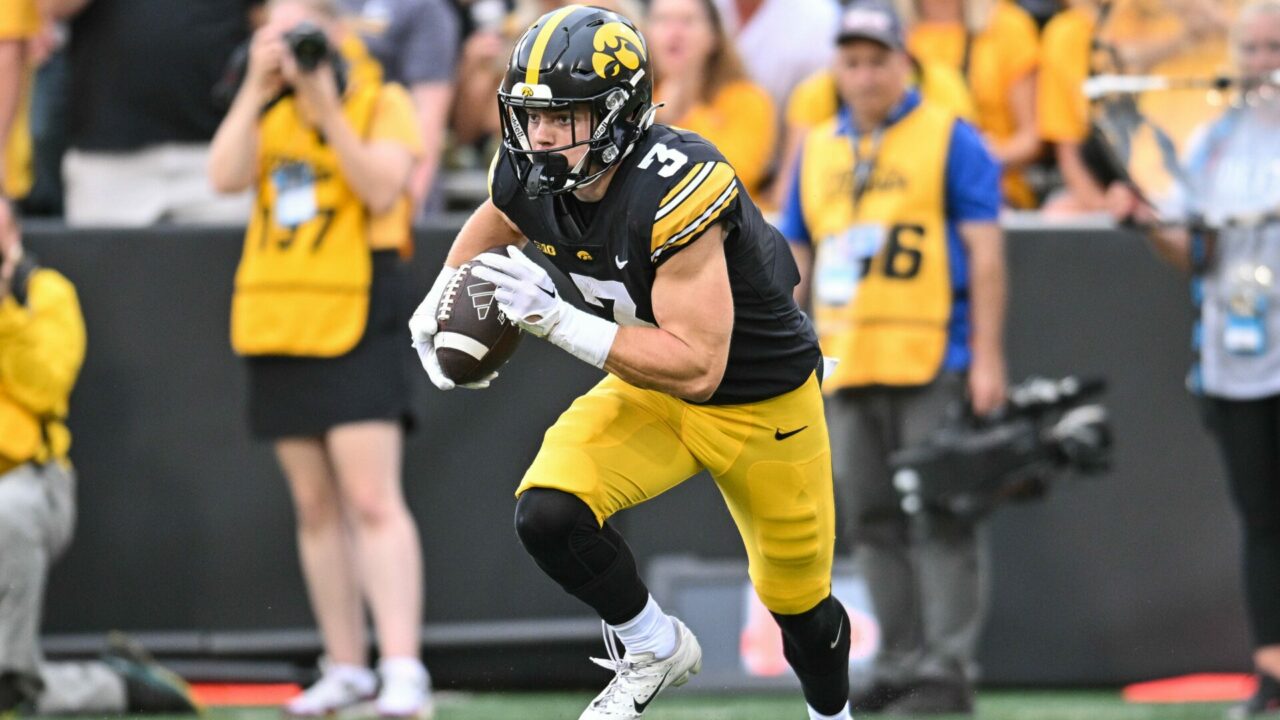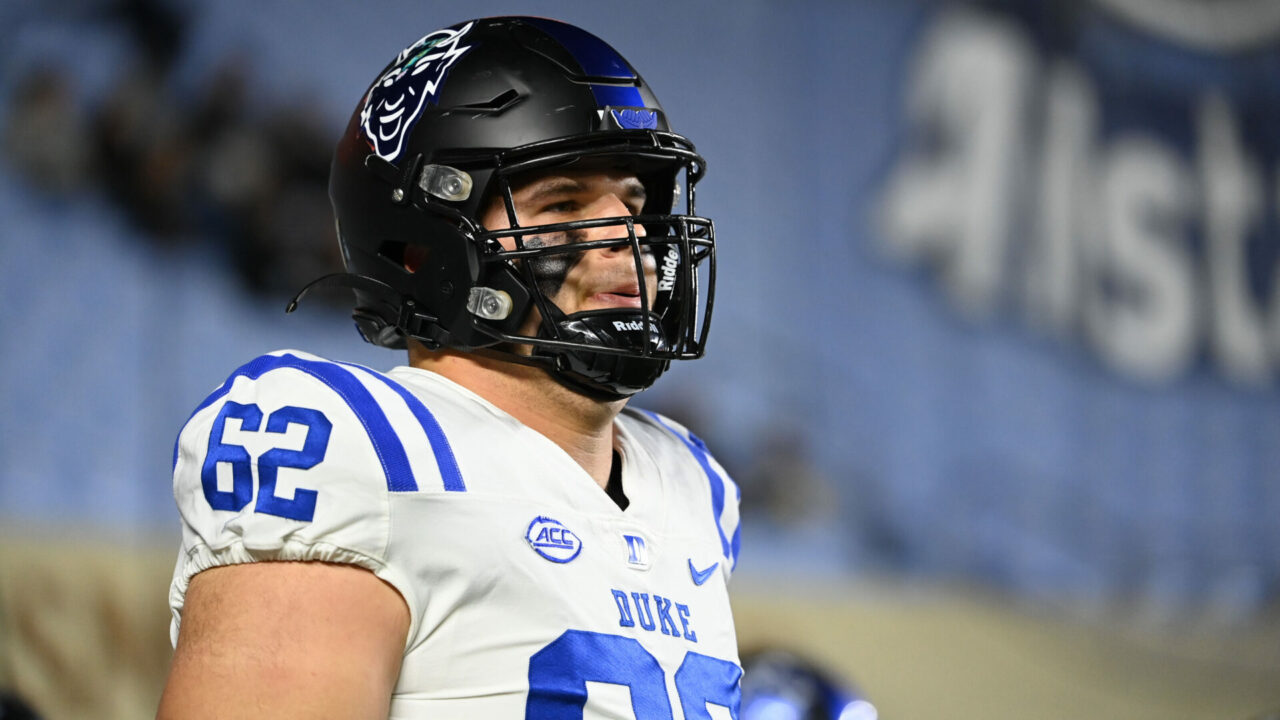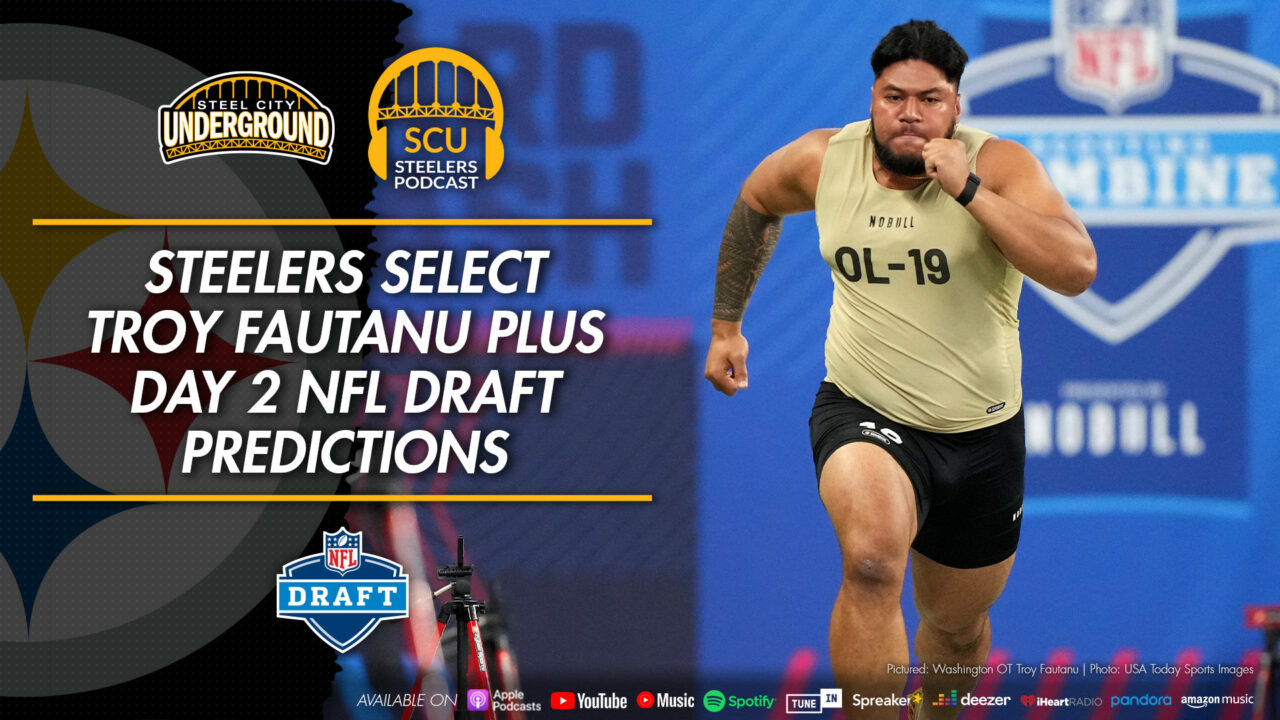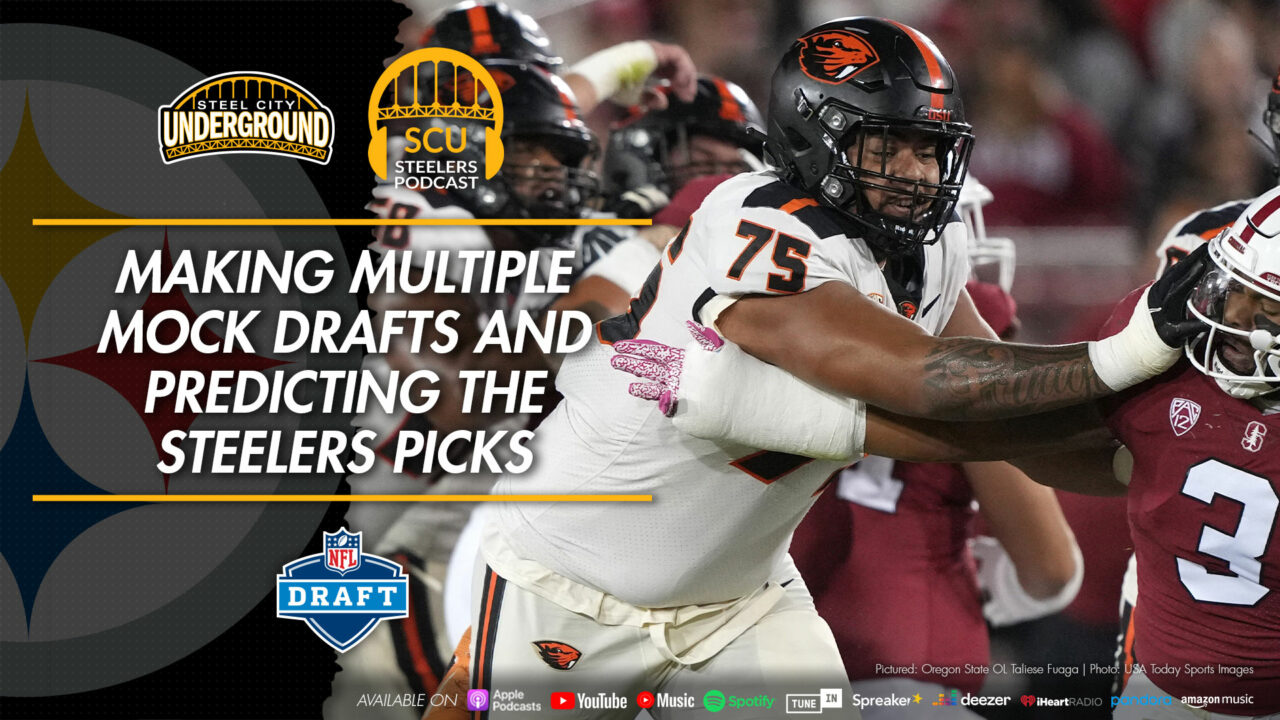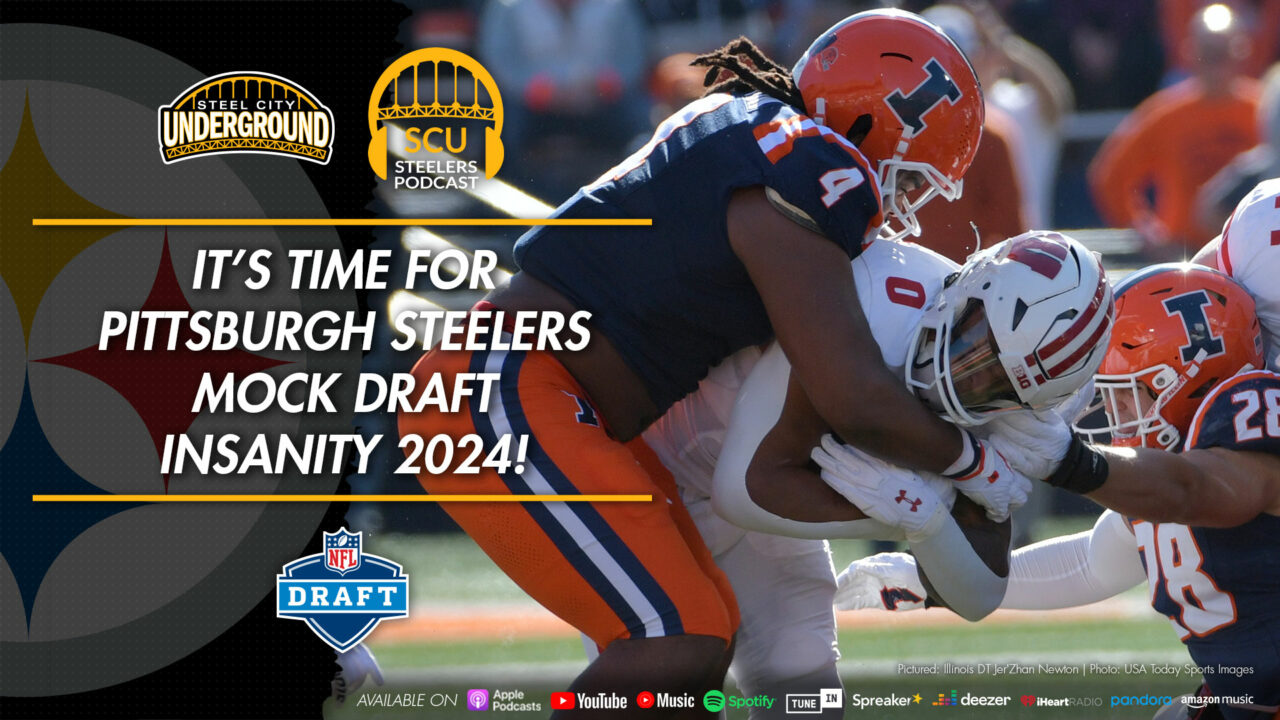Why the Steelers should avoid using a top pick on a running back
Repeat after me: the Steelers getting a running back in the first round is not a prerequisite to the team fixing their issues with the running game. In fact, it’s probably the worst priority.
In my opinion, play calling and shoring up an again and underperforming offensive line go a lot further in strengthening a running attack than simply dropping a big flashy name in the backfield.
But there’s more to that than meets the eye. Most high picks spent on running backs have not panned out in recent years.
For those of us with the memory of an elephant, we’ll recall that back when the Steelers selected Le’Veon Bell, running backs had gone on the backburner.
Several years earlier, the position had been burned by top picks barely cracking meaningful numbers or any sort of longevity.
In 2010, the top picks constituted first round selections of C.J. Spiller, Ryan Matthews, and Jahvid Best with converted WR Dexter McCluster, Toby Gerhart, Ben Tate, and Montario Hardesty all going in round two.
2011’s top two rounds field names such as Mark Ingram, Ryan Williams, Shane Vereen, Mikel Leshoure, and Daniel Thomas. The draft’s best back was DeMarco Murray, chosen in the third round by the Cowboys. Murray would have two big seasons in his third and fourth years before landing a huge contract with the Eagles – who cut him after one subpar season in Philly.
2012’s class featured Trent Richardson, Doug Martin, David Wilson, Isaiah Pead, and LaMichael James.
Hardly names which stood the test of time… (Yes, Ingram did, but split carries in New Orleans and Baltimore for his entire career.)
Bell’s draft 2013 class consisted of Giovani Bernard, the first back taken – in the second round, 37th overall. Bell would be drafted 48th, while Montee Ball, Eddie Lacy, and Christine Michael followed.
The history lessons shows that not many of these names are memorable, and fewer for good reason.
Going back to Bell again, when Pittsburgh attempted to re-sign the running back, he was disgruntled with the going pay rate the position and wanted to “reset the market”. The Steelers opted not to do so, and avoided the headaches of other teams that ignored this path. Among those teams were Bell’s new suitors, the New York Jets, who were on the hook for a four-year $52-million contract.
Bell played in 17 games for the Jets, totaling 863 yards and five touchdowns on the ground, with another 500 receiving and one receiving touchdown.
Far from his vaunted numbers in Pittsburgh where Bell topped 1,000 rushing yards three times and exceeded his Jets total receiving in those same three, injury-free seasons with the Steelers.
But the Jets weren’t the only team to pay handsomely, both in free agency and the draft, for a featured back.
Bishop Sankey, Jeremy Hill, Carlos Hyde, Todd Gurley, Melvin Gordon, T.J. Yeldon, Ameer Abdullah, Ezekiel Elliott, Derrick Henry, Christian McCaffrey, Dalvin Cook, Joe Mixon, Saquon Barkley, Rashaad Penny, Sony Michel, Nick Chubb, Ronald Jones, Kerryon Johnson, Derrius Guice, Josh Jacobs, Miles Sanders, Clyde Edwards-Helaire, D’Andre Swift, Jonathan Taylor, Cam Akers, J.K. Dobbins and A.J. Dillon round out the first two rounds of running backs selected since 2013.
Some of those names are likely familiar, but leaving this year’s class out of the analysis (their story is still to be written) and perhaps doing the same with the previous two picks (Jacobs and Sanders) shows that nearly all of the backs taken were not worth their draft position, nor the second contracts each received.
Among those who didn’t disappear but are better know are Gurley, Gordon, and Elliott. Each singed large deals and have regressed since.
A larger portion never lived up to their draft status such as Sankey, Yeldon, Abdullah, Penny and Michel. (Guice is a whole other situation that didn’t involve on-field performance.)
Among 2020’s top ten rushers are players who were taken in the third round or later – or not at all.
Aaron Jones (R3), David Montgomery (R3), James Robinson (undrafted), Lamar Jackson (a QB!), and Melvin Gordon (despite missing 1,000 yards by 14 yards) round out the top ten.
Expanding to the top 25 rushing performances of 2020 reveals many other third rounders, such as Kenyan Drake, Alvin Kamara, Kareem Hunt, Antonio Gibson, David Johnson, Damien Harris, Devin Singletary, and yes, even the Steelers own James Conner.
Gus Edwards, playing behind Ingram and Dobbins in Baltimore, is an undrafted back who still cracked the list with two more yards than Conner (albeit with three more games played) proving that its just as much scheme and play calling lending to performance than draft position.
While there are exceptions to my rule above with Henry, Chubb, and a healthy McCaffrey or Elliott, the lists still tend to favor mid-tier backs as much as those chosen with a high pick.
For a team like the Steelers, 2021 represent a year to shore up depth and rejuvenate some positions of concern. With two draft picks used in the previous two drafts on Benny Snell and Anthony McFarland, the team doesn’t have to rush (pun intended) to find a replacement should they lose James Conner in free agency.
Rather, I’d spend those higher picks on replenishing an aging offensive line that Pro Football Focus ranked dead-last in pass blocking. Starters LT Alejandro Villanueva and LG Matt Feiler are each set to become free agents. C Maurkice Pouncey has been rumored to be contemplating retirement. Even so, he turns 32 years old this season while his other bookend, G David DeCastro, just turned 31.
RT Chuks Okorafor enters a contract year, while his competition from last training camp, Zach Banner, is also set to become a free agent this March.
With only impressive 2020 rookie Kevin Dotson waiting in the wings, that’s a lot of turnover that has happen quickly for an offensive line that underperformed as well last season.
Therefore, I think fans should pump their brakes on wanting a top-flight back early in the draft. While some of the above backs carved out a niche, many more flamed out after a solid season or two, or never caught fire at all: a huge risk for a Steelers team which has stronger needs.
Pittsburgh is much more likely to roll with Snell or McFarland, and even so, a few picks spent on offensive linemen will go a long way toward helping any player coming out of the backfield, especially if they happen to select another gem in the middle rounds which have recently, and frequently, produced them.
